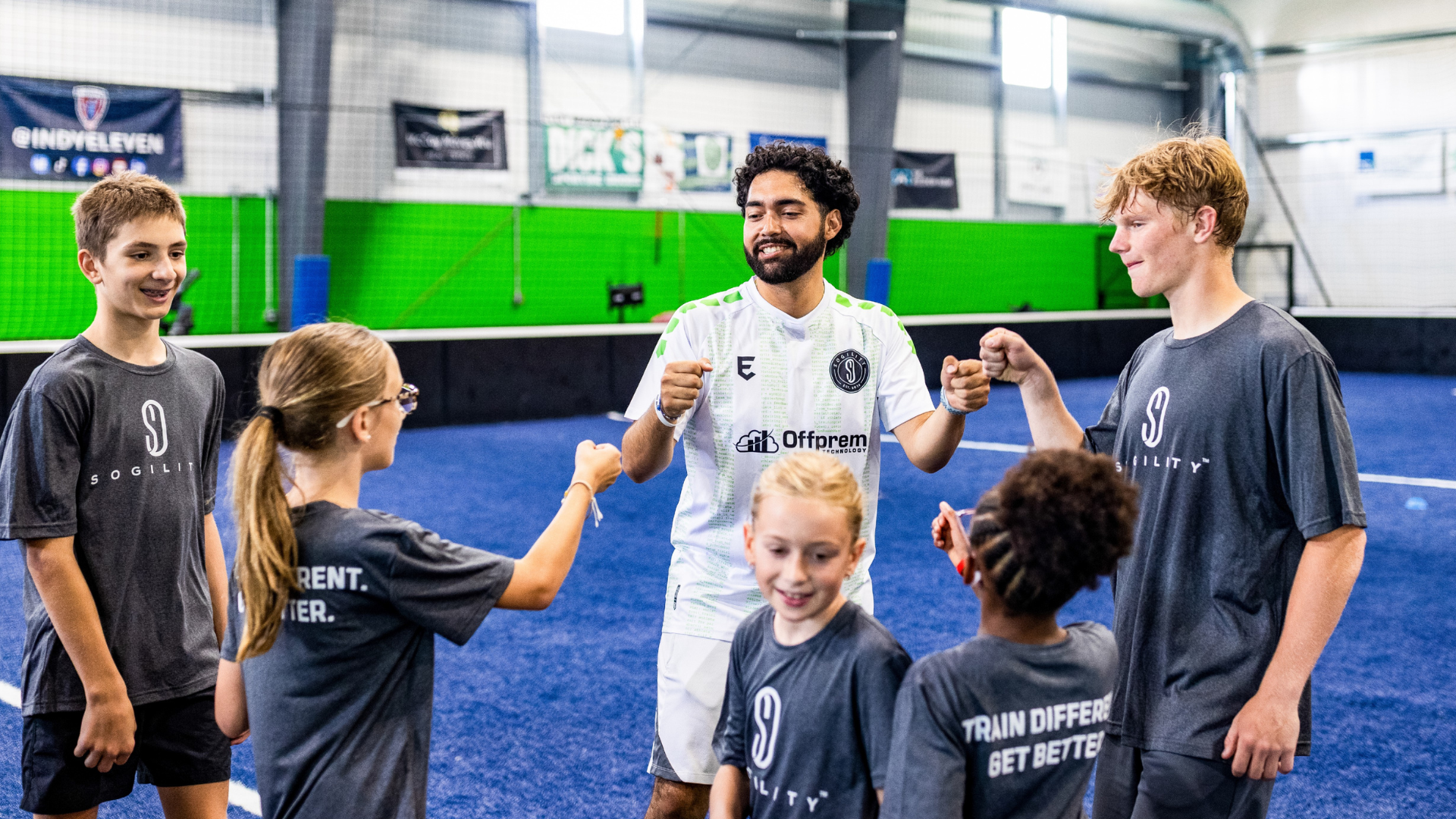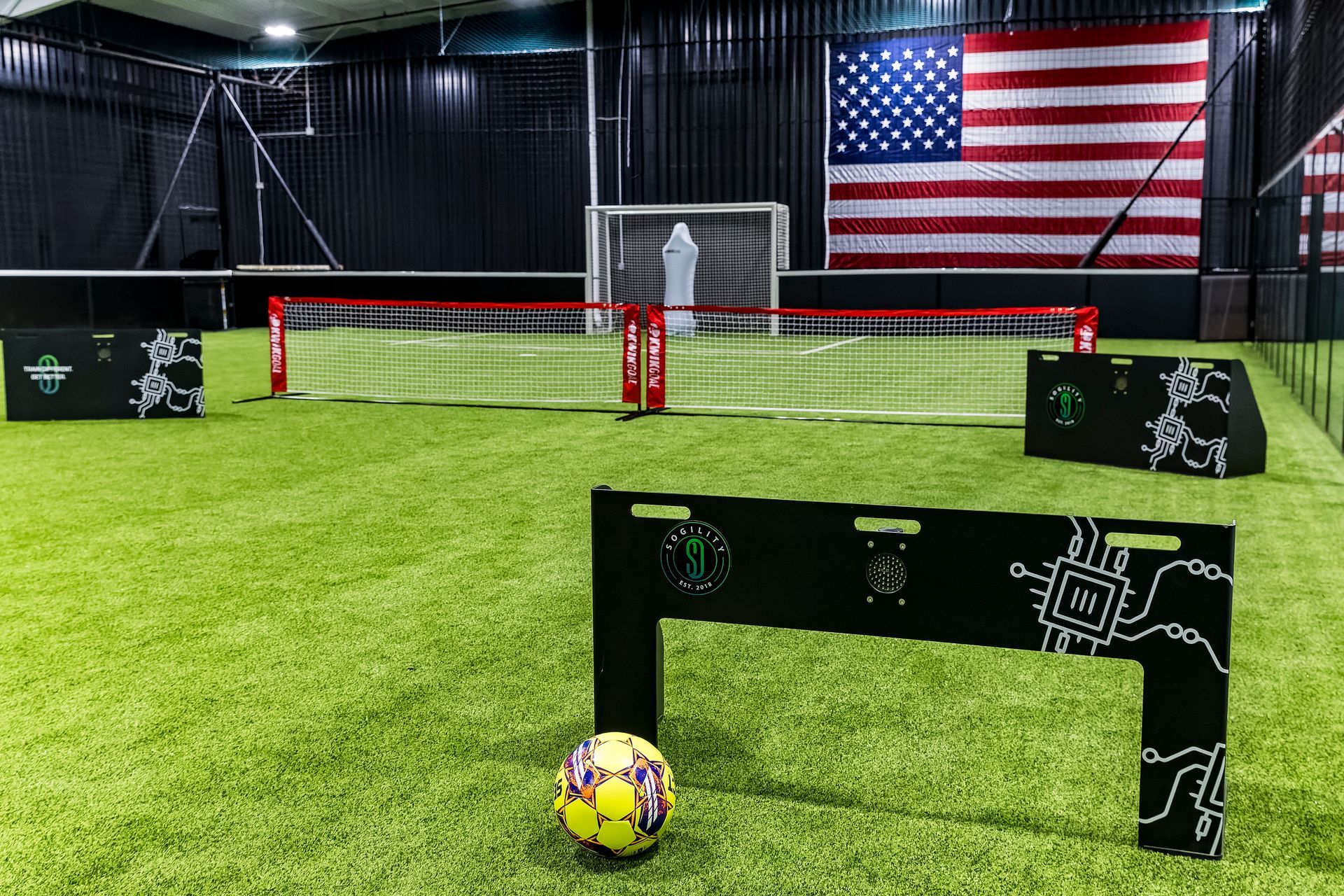January 3, 2023
Finding The Right Soccer Level
Finding the right level of soccer for your child is crucial in his or her development.
Soccer in the US is growing fast, and there are more options than ever for players to find a team that is right for them. For parents though, this is a very important decision to make. Finding the right level of soccer for your child is critical in ensuring that they have a positive experience and just as important for you to have a positive experience as well. Your decision needs to be based on a number of factors and we can discuss them below.
When deciding on the right level of soccer, it is important to take the following into consideration before making the final decision:
1. Goals for playing soccer
– When a player is very young and just starting the game, the decision is easy to make as you just want a player to get experience. But as they get older, it’s important to figure out why your child is playing the sport. You need to ask the following questions:
These are all important questions to ask when making a decision on the level of soccer to play in as it’s important to match up their goals with the experience to keep players motivated.
2. Budget
– The highest levels of youth soccer can get quite expensive with annual fees potentially ranging between $5,000 and $10,000. Therefore, it’s important to consider this when deciding on the next step for your kid. There are more and more opportunities for scholarships within some of the top soccer academies in the US, but just like any other scholarship, these will be selective and tough to get.
3. Time
– Just like any other activity, it’s important to evaluate the amount of time you and your child are willing to spend on soccer. Time commitment can range anywhere from an hour or two a day once or twice a week at the lowest levels to two hours or more a day 6 times a week. Finding the right balance of time with your schedule (and school) based on the goals for your child is important to make sure that other things in life do not suffer.
Based on these factors, here is a short summary of the levels of leagues in the US that teams participate in that you can choose from. As noted, there is a place for every player to play.
1. Recreational Soccer
– This is the entry level for almost every soccer player and often a level that players continue to play in if their interest levels are just to stay active and make friends. This is a perfect place for players who are not overly competitive but enjoy the social experiences of the sport. There are many recreational options locally as every city typically has an option.
2. Travel Soccer
– This is a very broad category with a wide range of leagues and competition levels, but this is ultimately for the player that would like to have a more competitive experience and still want social experiences as well. These players will typically play in high school but maybe not pursue any soccer further once they get to college. United States Youth Soccer Association (https://www.usyouthsoccer.org/) offers a number of options that fall into this category.
3. Travel Soccer with plans for College
– There are a number of newer leagues that have formed for these players. Players looking to play in college at the different options there with or without a scholarship should pursue playing with clubs that fall into this category. Some of the leagues include Elite 64 (
https://www.usysnationalleague.com/elite-64/
), ECNL (
https://www.theecnl.com/
), Elite Academy (
https://eliteacademyleague.com/
), and GA (
https://girlsacademyleague.com/
). In addition to regular games in a league during the season, these programs offer different college showcases and national tournaments that help get players visibility.
4. Plans to play professionally
– This is another area that is relatively new and still forming within the US, but professional teams have begun to develop their own academies to identify and develop players for the top stages of soccer. Programs like MLS Next (
https://www.mlssoccer.com/mlsnext/
) and USL Academy (
https://www.usl-academy.com/
) give players a stage to showcase themselves to professional scouts.
Soccer continues to expand in the US with the ultimate mission of getting more and more players into the game while offering options for all levels of players. Additionally, players can independently train outside of their regular team training to help them with their goals whether it is to stay fit or progress to the next level. This is where training solutions like Sogility
offer opportunities for players to achieve their goals.
The post Finding The Right Soccer Level
appeared first on Sogility.

At Sogility, our trainers are more than coaches, they’re mentors, motivators, and role models who help athletes discover their potential. This month, we’re excited to spotlight one of our dedicated Sogility Westfield trainers: Allan Ramirez. A Unique Soccer Journey Allan’s soccer story begins in Mexico City, where he was born and developed an early passion for the game. Unlike many players who rise through traditional youth club systems, Allan’s path looked very different. He only played one year of high school soccer and never played travel or club soccer growing up. Instead, he sharpened his skills in local adult leagues at a young age. His determination and love for the sport propelled him forward, eventually leading him to play semi-pro for multiple seasons and earn opportunities to try out for professional clubs. Allan’s unconventional path is proof that there is no single way to pursue the game, and that passion can take you far.

Holiday breaks can disrupt a player’s rhythm, but they can also be the perfect time to reset, refocus, and make meaningful progress. With the right approach, players can return to winter training sharper, stronger, and more confident—without sacrificing time with friends and family. At Sogility, we believe the holiday period is one of the most underrated training windows of the year. Here’s how to make the most of it. 1. Schedule Quick, Efficient Sessions Training during the holidays doesn’t need to feel overwhelming. Short, intentional sessions are not only easier to fit into a busy schedule, they’re incredibly effective for skill retention. Try aiming for: 3–4 sessions per week 20–30 minutes each Focused work on technique, speed of play, and ball familiarity These bite-sized sessions help maintain sharpness without burning players out. A few minutes of ball mastery or first-touch work done consistently over the break can have a huge impact once formal training resumes. Pro Tip: Pair a quick technical session with a simple fitness component—such as sprints, agility ladders, or core work—to stay game-ready as you enjoy holiday meals and downtime. 2. Take Advantage of Indoor Time Winter weather isn’t always friendly to outdoor training, but the holidays provide excellent opportunities to get creative indoors. You don’t need a full field to develop high-level skills—just a ball and a small space. Great indoor activities include: Focused work on technique, speed of play, and ball familiarityBall mastery (toe taps, inside–outside touches, sole rolls) Footwork ladders or cone patterns to develop agility Quick wall passes to improve first-touch and reaction speed Target passing using laundry baskets, tape squares, or furniture as safe targets Indoor training is especially helpful for developing control, coordination, and quick feet, skills that translate directly to better performance in small-sided play and high-pressure moments. Bonus Idea: Parents and siblings can join in, turning quick sessions into fun family challenges. This keeps training lighthearted and enjoyable during the holiday season. 3. Keep It Fun The holidays are a time to relax, recharge, and reconnect with the joy of playing soccer. Keeping training fun during the break helps players stay motivated and rediscover their creativity. Try adding: Trick-shot or accuracy competitions 1v1 games with friends or siblings Freestyle or juggling challenges Fun play builds confidence and improves problem-solving skills on the field—the type of creativity coaches love to see. Remember: When players enjoy the game, their technical development accelerates naturally. 4. Use Technology to Track Progress One of the biggest advantages of holiday break training is the ability to measure improvement in a short window of time. At Sogility, our tech-enhanced training stations are built for exactly this. With these tools, holiday break doesn’t just maintain your level, it elevates it. Players return to team training with sharper touches, quicker reactions, and increased confidence. Holiday Advantage: Most players slow down during winter break. Using tech-enhanced training gives you a competitive edge heading into winter and spring seasons. Final Thoughts: Make the Holidays Your Growth Season The holiday break is a valuable opportunity, not a setback. With short, targeted sessions, indoor creativity, fun-focused play, and Sogility’s training technology, players can make meaningful progress while still enjoying the season. Final Thought Whether you’re preparing for tryouts, winter league, or spring soccer, staying active during the holidays ensures you return with momentum, not rust.

All You Need in the Game: Master Essential Skills for Better Performance At Sogility, we know that mastering the essential skills of soccer requires more than just physical fitness — it demands speed, precision, sharp decision-making, and mental toughness. That’s why we offer Circuit Training , a revolutionary program that combines cutting-edge technology with innovative drills to prepare players for the fast-paced, high-pressure challenges of real-game play.
